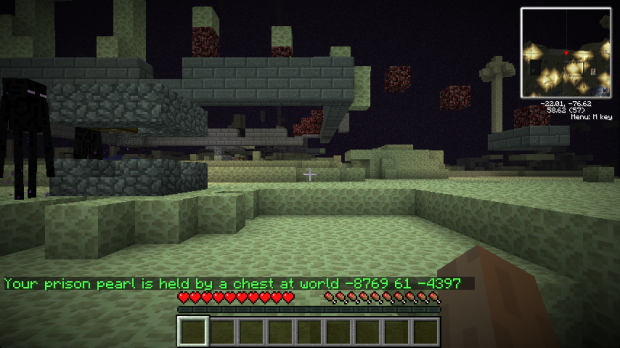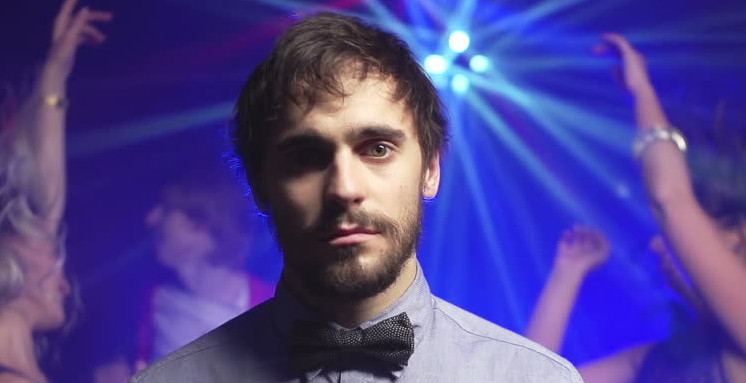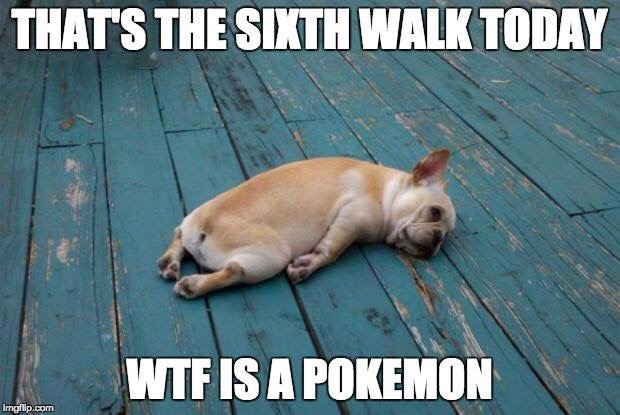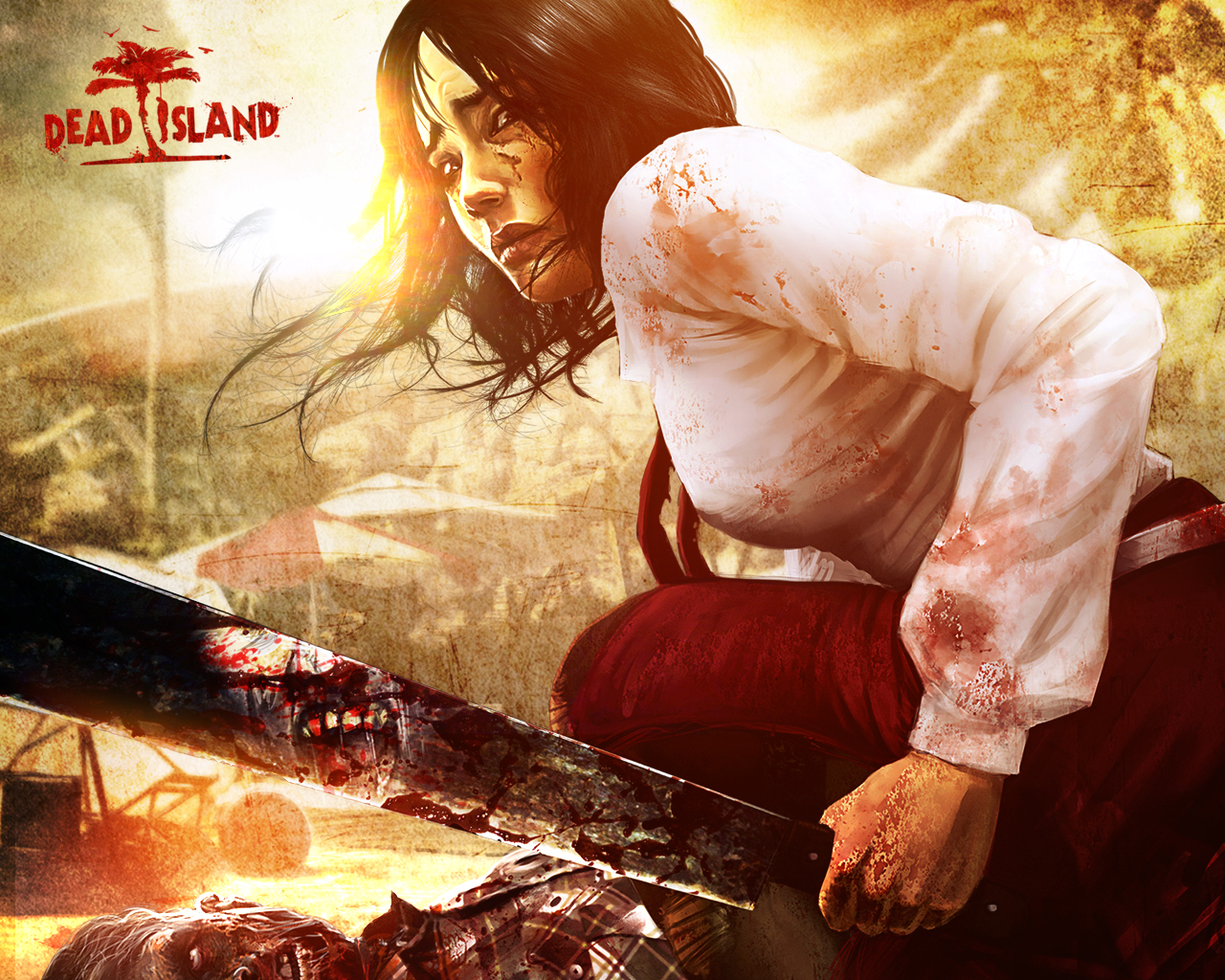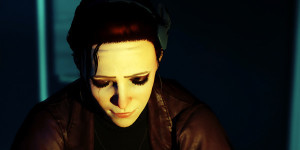 Last week, I interrogated manifestations of single moms and mental health in Stranger Things and The Park, but I wanted to take some more time to think about how such representations occur across the horror genre. In other words, I find myself continuing to ask—what kinds of patterns do we see in the horror genre’s representations of single motherhood? What kinds of social implications does this have for the ways we think about the role of the mother? And how do such implications impact the framing of (single) motherhood in video games like The Park?
Last week, I interrogated manifestations of single moms and mental health in Stranger Things and The Park, but I wanted to take some more time to think about how such representations occur across the horror genre. In other words, I find myself continuing to ask—what kinds of patterns do we see in the horror genre’s representations of single motherhood? What kinds of social implications does this have for the ways we think about the role of the mother? And how do such implications impact the framing of (single) motherhood in video games like The Park?
In “Maternal Horror Films: Understanding the ‘Dysfunctional’ Mother,” Rachel Elfassy Bitoun argues that the depiction of the “Bad Mother” in horror is one that “is so popular that it has become a sub-genre, the maternal horror film. Mothers in maternal horror question the status of motherhood as they become the source of danger in the film.” And mothers in maternal horror are specifically “depicted as potential dangers for their children,” which, Bitoun argues, causes such representations to “challenge classical representations of motherhood” through representations of mothers as “destructive and dysfunctional forces.” Bitoun argues that the “destructive and dysfunctional” force of bad mothers in horror manifests itself in a variety of ways:
The mother figure in maternal horror films defies the expectations around her role—she is either unable to protect the child’s safety or on the verge of destroying what she has brought to life. She switches from a life-giving to a death-giving entity, and becomes “other”, monstrous and “dysfunctional”…In maternal horror films, the mother is assumed dysfunctional because she does not “operate” in a protective way and fails to build a “normal” relation with the child. She also struggles to build social relations with other members of society due to her excessive mistrust of others. She turns paranoid, unreasonably or obsessively anxious, mistrustful and suspicious.
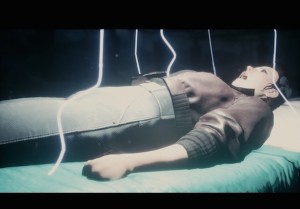 This paranoia, anxiety, and distrust, Bitoun continues, results in maternal horror’s depiction of “the fear of not fulfilling motherhood’s expectations.” And for single mothers in horror specifically, such fear is often framed as being due to absent fathers: “The absent fathers in maternal horror films therefore generate fear within the mother as she apprehends taking care of the child alone,” and this absentia highlights the ways that “[s]ocietal beliefs put more pressure on single mothers as they take the lead and the patriarchal figure is removed.” And in maternal horror, this pressure results in monstrosity:
This paranoia, anxiety, and distrust, Bitoun continues, results in maternal horror’s depiction of “the fear of not fulfilling motherhood’s expectations.” And for single mothers in horror specifically, such fear is often framed as being due to absent fathers: “The absent fathers in maternal horror films therefore generate fear within the mother as she apprehends taking care of the child alone,” and this absentia highlights the ways that “[s]ocietal beliefs put more pressure on single mothers as they take the lead and the patriarchal figure is removed.” And in maternal horror, this pressure results in monstrosity:
Representing women, and especially mothers, as demonic and monstrous nourishes the paranoia around femininity and socially alienates women. The masculine fear shifts as women start doubting themselves and believing the patriarchal discourses. Mothers have to live with the pressure of being constantly perceived as unpredictable, fearing their potential “monstrous” nature, which affects their mental stability and the way they identify themselves.
While Bitoun’s argument focuses specifically on the maternal horror as it is depicted in film, her arguments also shed light on the manner in which such representations are made manifest in video games like The Park. Indeed, The Park’s Lorraine, as I mentioned in my previous post, is a single mom whose mental health concerns and “bad” mothering frame her as monstrous. Indeed, Lorraine herself admits, “It’s a matter of public record that I am a failure as a mother.” And Lorraine’s self-identification as a “failure” stems from the social pressures she faces regarding motherhood, pressures that she sees especially, she says, in people who “idolize their children. You hear them talking about their kids and just the way they talk…their fucking voices make me want to vomit.” Thus, while Lorraine believes she is a “failure,” she also rejects the social norms of “good” mothering and, instead, frames her experience with motherhood as being a negative one:
You give up nine months of your life carrying them, you traumatize yourself giving birth to them and then you spend the rest of your life as their slave. Wiping asses, mopping up piss, feeding them. Little life-sucking monsters who take and take and take until…We all go insane. Any parent who pretends otherwise is just dishonest. That’s called choice-supportive bias. I am honest. Callum really grinds my gears. And he owes me everything. Everything. It’d serve the little fuck right if I just abandoned him.
Yet, while Lorraine sees herself as a failure, while she views the processes of giving birth and mothering as traumatizing experiences, and while she expresses the (admittedly alarming) belief that her son Callum deserves abandonment, she also complicates such stances by explaining that she has attempted to resist such thoughts and be a good mother: “I tried my hardest to keep the ghosts at bay…I devoted myself to Callum and did the things that they told me. It will get better, they said. Every day will be a little better than the last.” But, ultimately, by the end of the game, Lorraine explains that things haven’t gotten better, that she is “in the woods now, lost and afraid,” and that, for her, the social pressures, standards, and judgments placed on Lorraine as single mother have made motherhood an unlivable mode of being for her. And this unlivability is what turns Lorraine into a monstrous mother, a dangerous and dysfunctional force (to return to Bitoun’s phrasing), and a danger to her child.
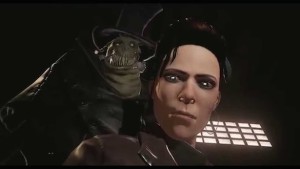 But something I’m left wondering is—what is the purpose of representing single motherhood in this way? And what underlying assumptions is the game working off of in its representation of single mothers as a potentially destructive and monstrous force? Bitoun says that recent maternal horror films tend to show “love among the terror and often [end] with the formation of a more healthy relationship between the mother and the child.” But this is not the case for the ending of The Park, which leads me to wonder—do representations of “dysfunctional” mothering work to reify the patriarchal norms of good and bad mothering? Or can such representations work to challenge and unsettle such norms in an effort to reimagine different modes of mothering? And where does the maternal horror of games like The Park reside in such representations? Because, as Lorraine says, “Stories are told again and again and from their shape we build our understanding of the world,” and I’m still trying to figure out what “understanding of the world” and of mothers’ roles in it The Park’s story is working to convey.
But something I’m left wondering is—what is the purpose of representing single motherhood in this way? And what underlying assumptions is the game working off of in its representation of single mothers as a potentially destructive and monstrous force? Bitoun says that recent maternal horror films tend to show “love among the terror and often [end] with the formation of a more healthy relationship between the mother and the child.” But this is not the case for the ending of The Park, which leads me to wonder—do representations of “dysfunctional” mothering work to reify the patriarchal norms of good and bad mothering? Or can such representations work to challenge and unsettle such norms in an effort to reimagine different modes of mothering? And where does the maternal horror of games like The Park reside in such representations? Because, as Lorraine says, “Stories are told again and again and from their shape we build our understanding of the world,” and I’m still trying to figure out what “understanding of the world” and of mothers’ roles in it The Park’s story is working to convey.

